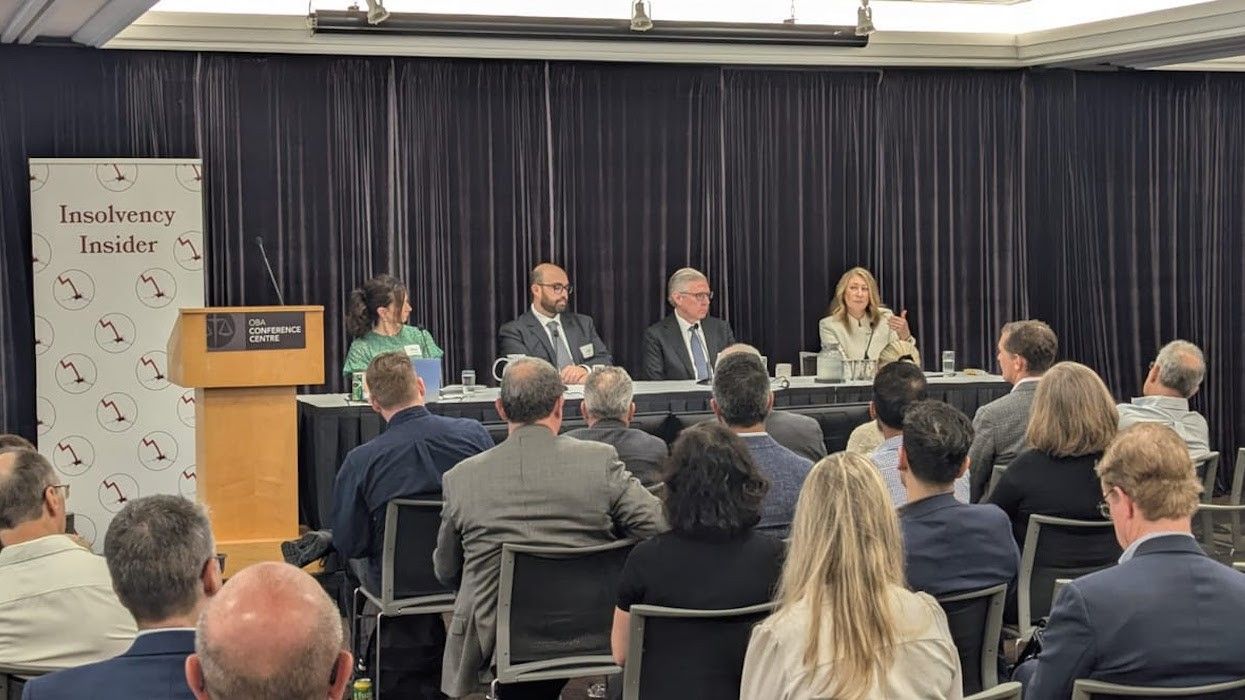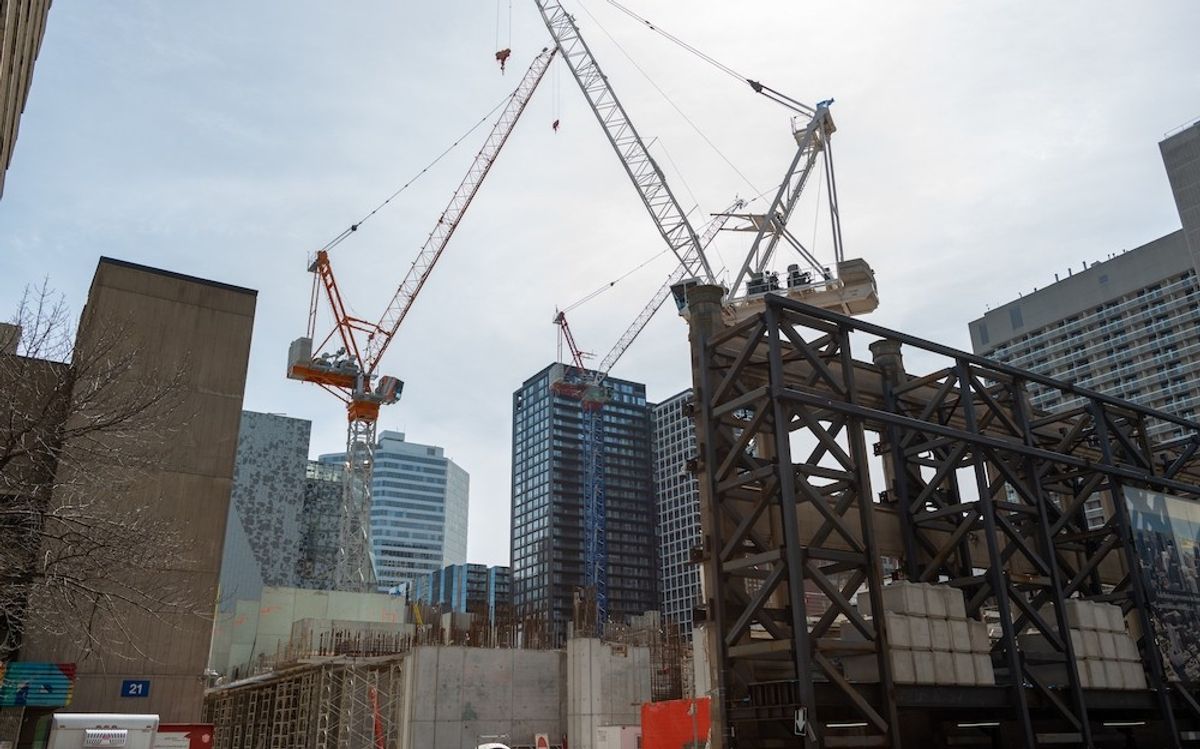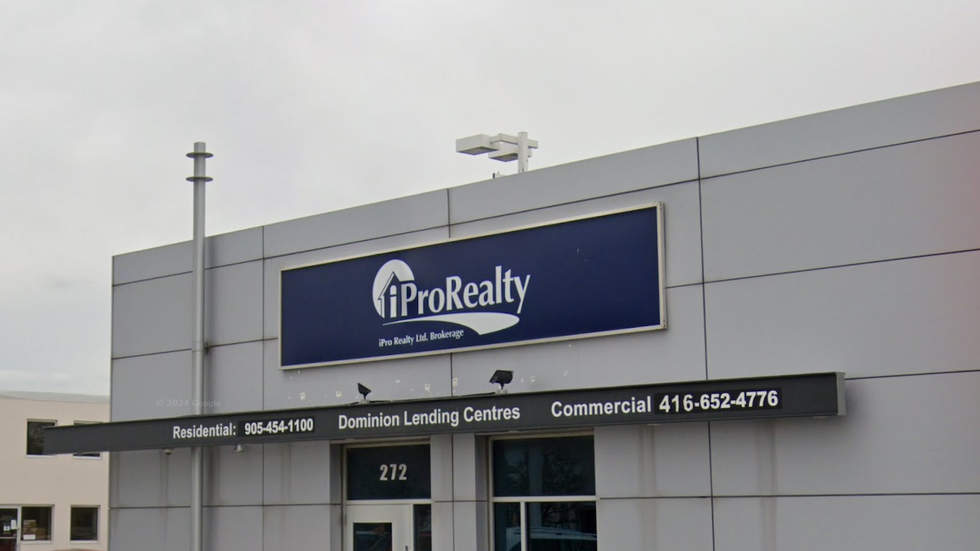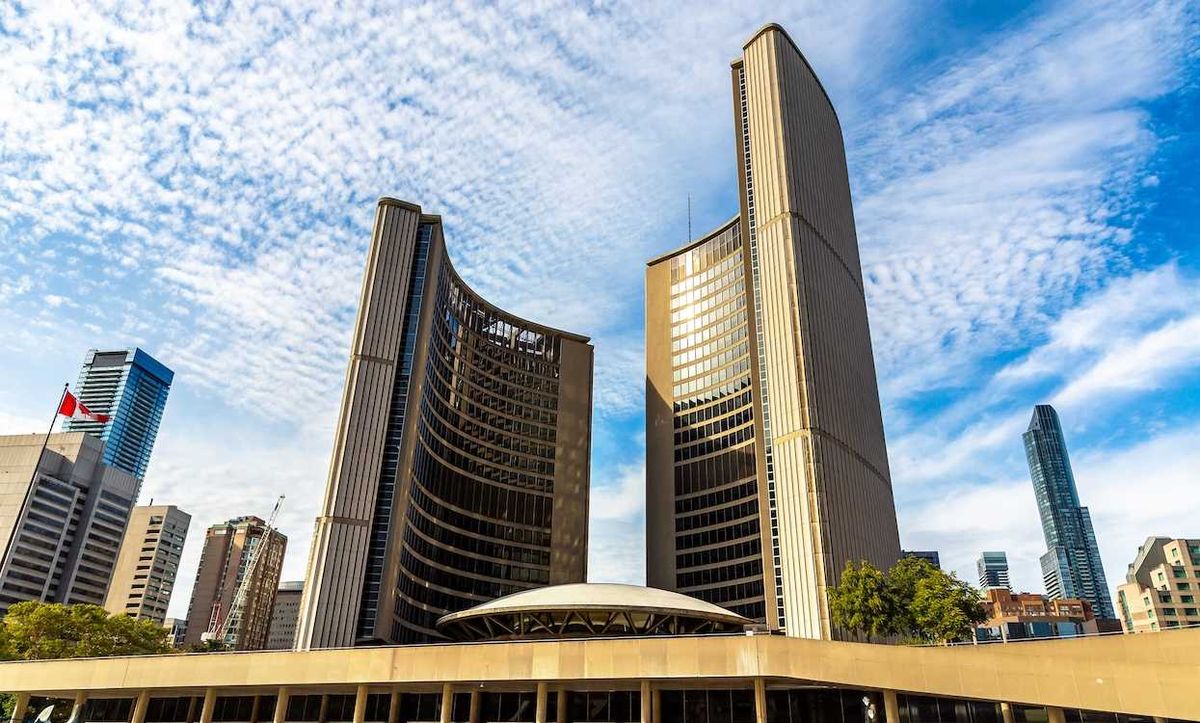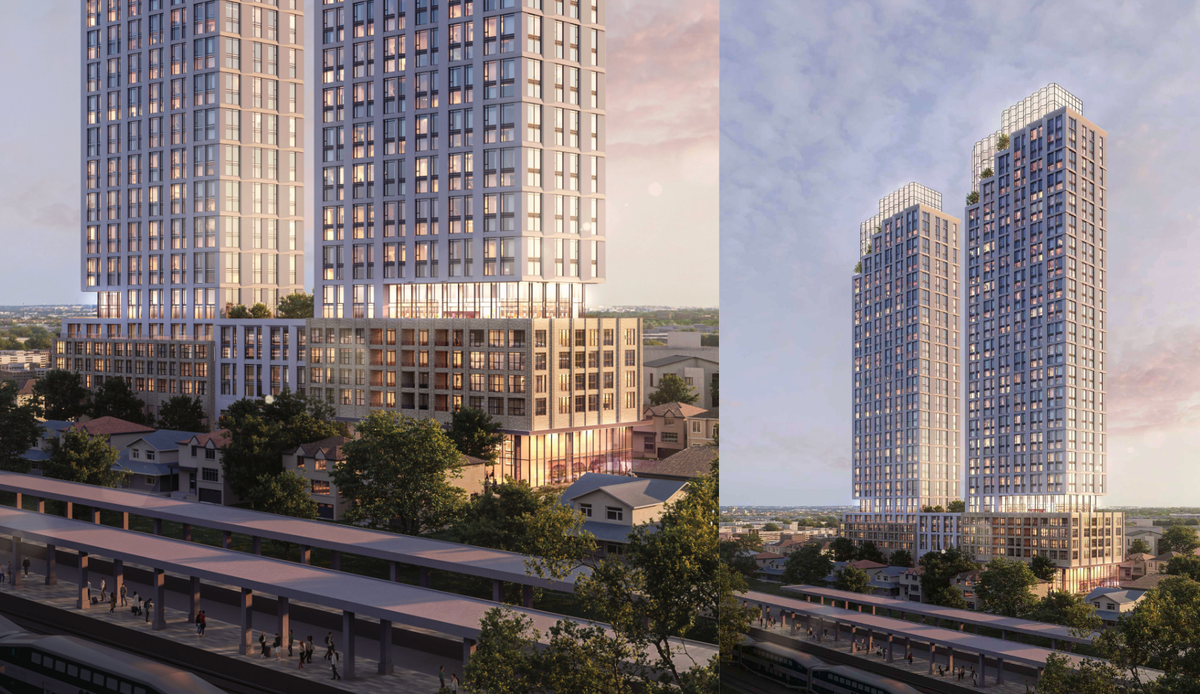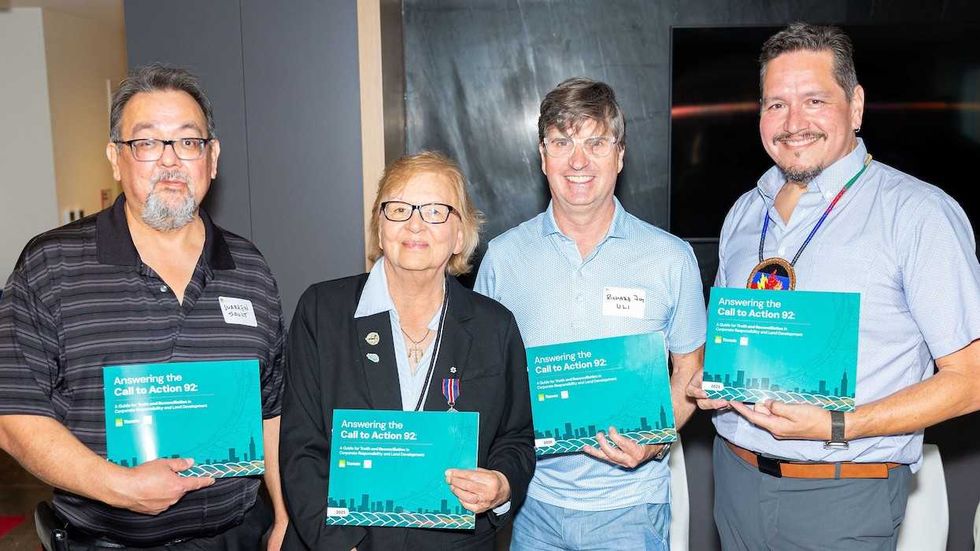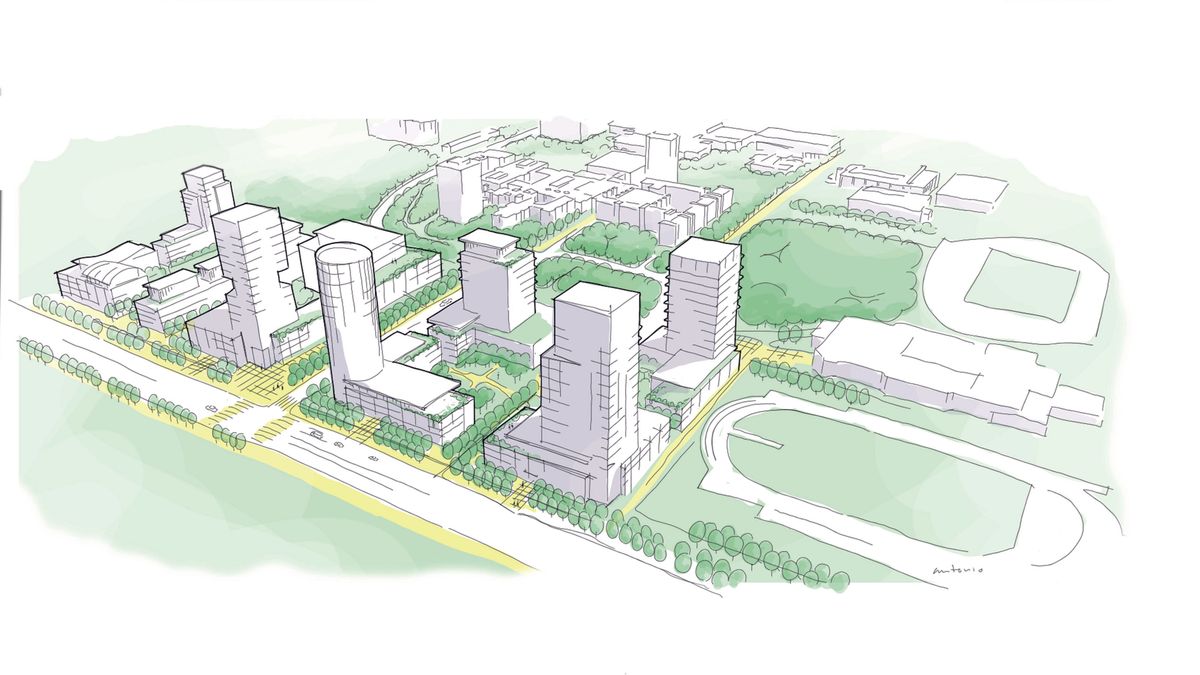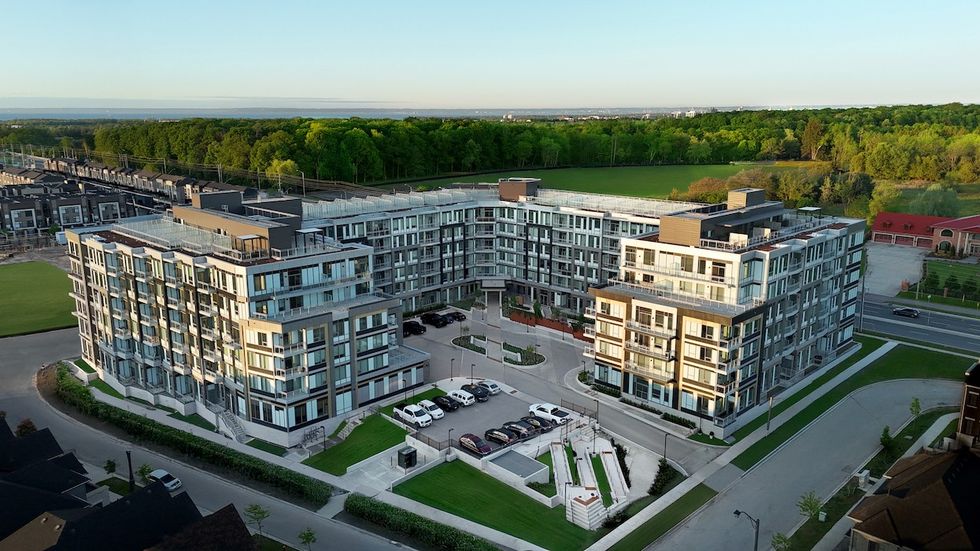For perhaps the first time in history, real estate in distress is more than an industry conversation — it’s a dinner-table topic.
But those in the industry understand the space best and, as such, Insolvency Insider’s annual Distressed Real Estate Conference was the place to be in Toronto last week for those in the real-estate know.
Unsurprisingly, there was plenty to unpack at this year’s conference, which took place on Wednesday June 18, 2025 at The Conference Centre at the OBA. The event featured four panels and 13 panelists who work not only in restructuring, but commercial real estate, development, legal, and lending.
Today, the Toronto area is facing a deepening correction as oversupply, reduced demand, and rising costs render many projects financially unviable. The result has been receiverships and CCAA proceedings in droves, which have led to an uptick in distressed sales — the dynamics of which are fairly unique to this point of time.
"This year's conference shed light on the deepening challenges facing Canada's real estate industry," says Henry Louis, Founder, Insolvency Insider. "The event highlighted the need for creative and collaborative solutions between lenders, developers, and restructuring professionals."
As the event's media sponsor, STOREYS had an opportunity to sit in on the conference, alongside some 250 professionals in attendance. Here are our main takeaways.
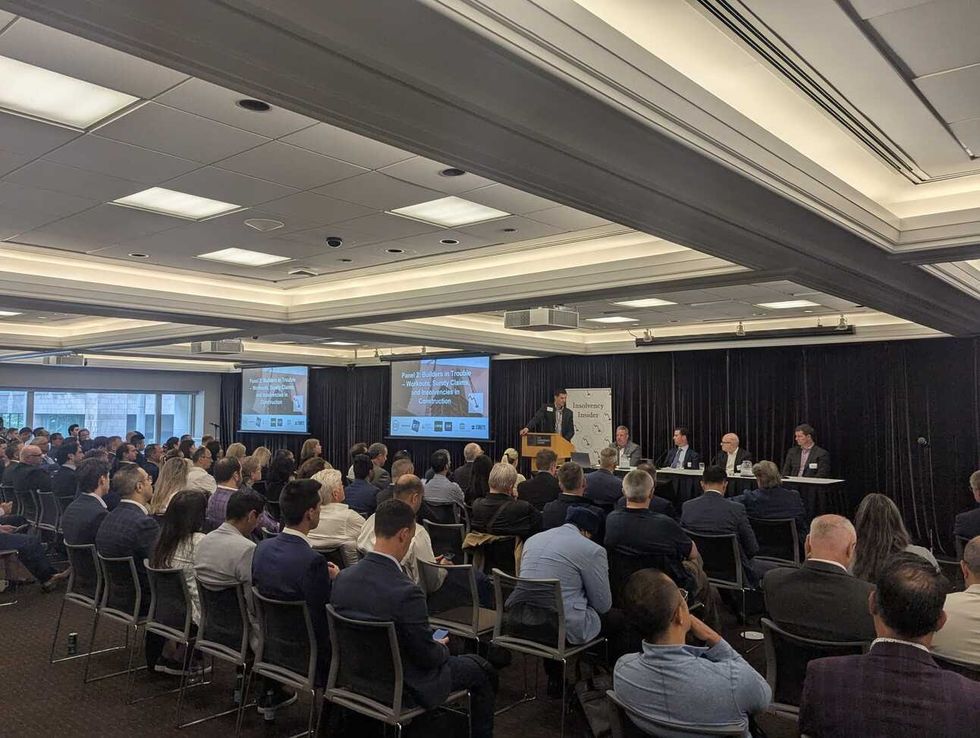
Not A Collapse, But A Cyclical Reset
As painful as it may be for industry players, the Toronto real estate market is going through a correction — but on the bright side, experts seem to be in agreement that it’s not collapsing. They say that strong fundamentals, well-positioned players that are still invested and intrigued, and pent-up demand all suggest that what we’re seeing is more of a cyclical reset.
“We haven’t seen the distress manifest the way that we would have expected... given that we're three years into what we call a downward cycle," said panelist Casey Gallagher, Vice Chairman of CBRE Capital Markets’ National Investment Team. "And it's because these developers are well capitalized, they've got great banking relationships, they've been here for a long time, and they've got strong equity partnerships as well. So they're weathering the storm."
Plus, this is not the worst downturn we’ve seen in recent history, according to Robert Goodall, President and CEO of Canadian Mortgage Capital Corporation. “I’m less concerned [today]; there's nothing like [the early '90s]. You've got to remember, the REITs didn't exist, they came out of the early '90s as a liquidity measure to allow companies to survive,” he said. “I look at the tier-one developers today — they're really strong; it doesn't matter whether you're talking Vancouver or Toronto."
"I don't care if this goes on another two to three years," Goodall said, "it'll be nothing like the early '90s.”
Looking ahead, Jared Menkes, Executive Vice-President of High-Rise Residential for Menkes Developments, emphasized that it's a waiting game; the market will eventually digest the oversupply. “We keep talking about 'two to three years,' [as a timeline for] when this is going to recover,” he said. “We have enough product that’s going to get us well past three years, probably five years. From a developer standpoint, we're saying: 'I don't see that pre-construction market coming back for at least three years'.”
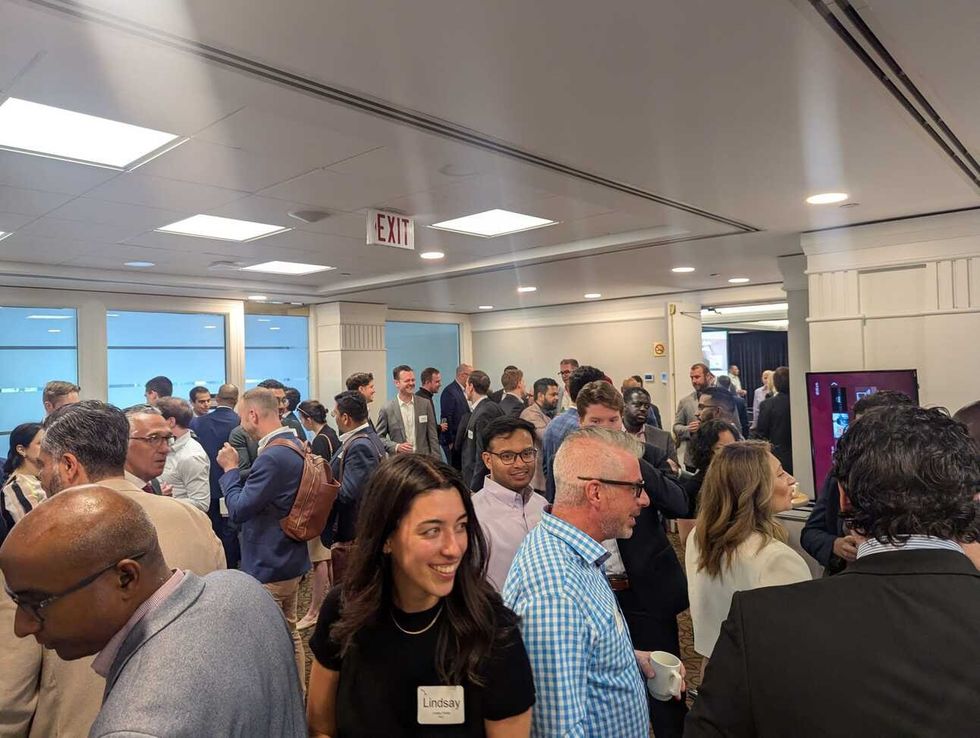
In Distressed Scenarios, Buyers Are Exposed
As the residential real estate sector is pulled down by waves of builder insolvencies, protections for consumers — the homebuyers — are limited and slow, leaving them exposed and unprotected. That’s not to say that there aren’t entities created to soften the blow for buyers who purchase into a project that's not what it was cracked up to be. However, at this point in time, there’s only so much that can be done.
“Right now, there's a bit of a misconception from purchasers, because purchasers think that we can solve all of their problems. And so we spend a lot of our time educating homeowners [on] what we really are,” said Kevin Brodie, Vice President of Underwriting at Tarion Warranty Corporation. “We backstop that warranty. We cannot complete a project. We can't compel a builder to complete the project.”
Partner at Paliare Roland LLP Jeffrey Larry added that many purchasers aren’t aware that there are limits to what an entity like Tarion can deliver on deposit insurance.
“So on a condo, it's only $20,000 — which is a surprise to everybody. And then on a freehold, it's 10% of the purchase price, but up to $100,000. So, in many cases for developments in the GTA, the actual deposits exceed that. In addition, any deposits on finishings, none of those are included,” Larry explained. “So in almost all cases that I see… you've got purchasers that are shocked to learn that they're not going to get [deposits] back. They really have, unfortunately, limited rights.”
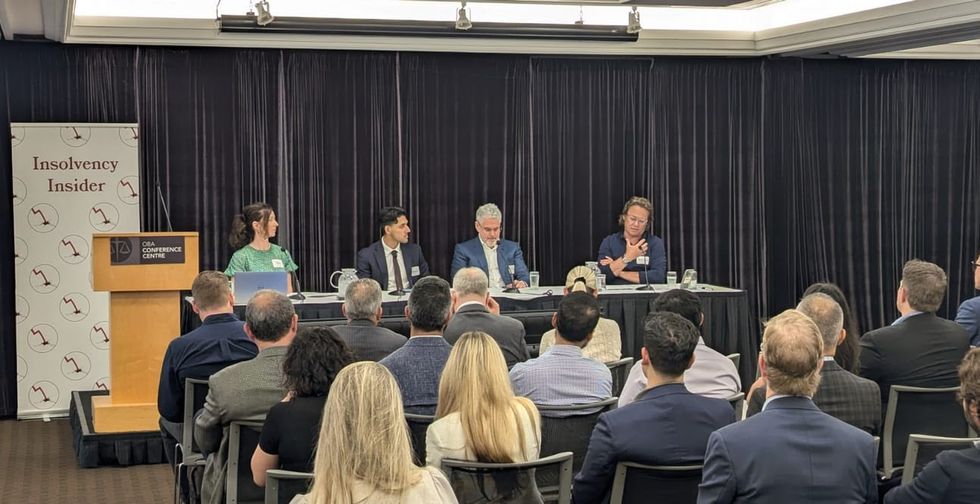
Receivership Can Be An Asset Reset
Real estate receiverships are by no means a positive thing, but they can have some semblance of a silver lining as far as the distressed asset is concerned — especially when you’re dealing with over-leveraged developers, stalled construction, and poor transparency. A successful restructuring process can bring some clarity into the equation, while attracting new investors with the ability to bring the project to completion. But that success ultimately depends on information flow, trust, and collaboration across all stakeholders.
“A lot of times, when you're dealing with a distressed developer, especially someone you know that is in a bind, the flow of information stops, and the lenders start to panic a little bit because they're not getting the right information. They can't make decisions, they can't react,” said Murtaza Tallat, Director, KSV Advisory. “Putting in a receivership, we lift the blanket, and we can basically see right away what the issues are. And we have a team in place to decide how we're going to tackle those challenges.”
In the case of the One Bloor West — long known as The One — the restructuring process has resulted in Tridel being chosen to complete the construction in “a very rational process,” according to Brendan O'Neill, Partner at Goodmans LLP. “In some of these cases, it's incredibly important to get the project out of the hands of the current developer… and get it into a receivership. And this case is certainly one like that,” he added.
In addition to Tridel, the project is now linked to a new lending entity that is committed to building the project with cost-effectiveness in mind, said O'Neill. “Notwithstanding that we're in a receivership, we are saving at least a million dollars a month over the prior costs because the prior costs were out of control, and they were chaotic. So the receivership has actually proven to be a cheaper means of completing the project.”
This article was produced in partnership with STOREYS Custom Studio.
